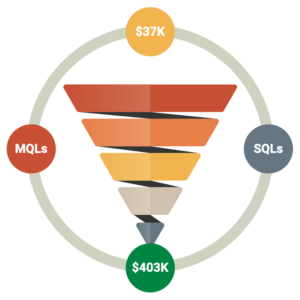Organizations can efficiently manage and analyze large amounts of data with cloud-based data warehousing solutions like Snowflake. However, data management can be extremely inefficient when you’re shooting in the dark. While Snowflake offers powerful features and flexible pricing plans, it’s essential to monitor your usage and costs to ensure you’re getting the most value from your investment.
One of the biggest challenges with managing Snowflake usage is that it can be difficult to track and analyze usage and cost data in a meaningful way. With the right tools and techniques, you can gain deep insights into your Snowflake usage and optimize your costs accordingly – That’s where our Snowflake Usage Analytics come in.
Let’s explore how analytics can help you track and manage your Snowflake usage more effectively.
Understanding Snowflake Usage Costs
Before we dive into analytics, it’s important to have a basic understanding of how Snowflake usage costs are calculated. Snowflake charges based on the amount of data stored, the amount of data processed, and the amount of time the data warehouse is active. In addition, there are various pricing models and discounts available depending on your usage patterns.
Using Snowflake Usage Metrics for Analytics
Snowflake provides a wide range of usage metrics that can be used for analytical purposes. These metrics include data storage, data processing, query performance, and user activity. By tracking these metrics over time, you can identify trends and patterns in your usage and identify areas for optimization.
Building Custom Analytics Dashboards
One of the most effective ways to track Snowflake usage costs is to build custom analytics dashboards. These dashboards can be tailored to your specific usage patterns and provide real-time insights into your costs. For example, you might build a dashboard that shows your daily usage metrics, cost breakdowns by department or user, or trends in your usage over time. We realize that this isn’t an option for every organization, as it can be quite time-consuming and resources are not always available. That’s exactly why we offer easily accessible pre-built Snowflake Usage Analytics.
Optimizing Snowflake Usage
Once you have a better understanding of your Snowflake usage and costs, you can start to optimize your usage and allocate spending within the data cloud more effectively. This might involve optimizing your data storage and processing, or identifying ways to reduce user activity. By continually monitoring your usage and costs, you can ensure that you’re getting the most value from your Snowflake investment.
Conclusion
With the right analytics tools and techniques, you can gain deep insights into your organization’s Snowflake account and optimize both usage and spend accordingly. By tracking usage metrics, building custom dashboards, and optimizing your usage, you can ensure that you’re getting the most value from your investment in Snowflake. If you’re looking to take your Snowflake usage to the next level, consider incorporating analytics into your data management strategy.
Start monitoring your organization’s Snowflake usage and costs in DataLakeHouse.io to determine the best ways you can optimize your account for free. If you need help implementing any changes for optimization, we encourage you to reach out to our service partners at AICG.
See our analytics in action in our webinar or schedule a personalized demo. You can also learn more about Snowflake usage analytics and best practices for optimizing your account here.
We’re always here to help, so feel free to reach out with any questions you may have.


